Cultural Shifts and Fashion Influences
Cultural shifts in China are playing a pivotal role in shaping the luxury apparel market. The influence of social media and fashion icons has led to a growing interest in luxury brands among younger consumers. In 2025, it is anticipated that millennials and Gen Z will account for over 60% of luxury apparel purchases in China. This demographic is increasingly seeking unique and trendy items that reflect their personal style. Moreover, the rise of local designers and brands is fostering a sense of national pride, encouraging consumers to support homegrown luxury labels. This cultural evolution indicates a dynamic market landscape, where traditional luxury brands must adapt to the changing preferences of a new generation, thereby driving growth in the luxury apparel market.
Rising Affluence and Consumer Spending
The luxury apparel market in China is experiencing a notable surge due to the rising affluence of the middle and upper classes. As disposable incomes increase, consumers are more inclined to invest in high-end fashion items. In 2025, it is estimated that the number of high-net-worth individuals in China will reach approximately 2 million, contributing to a growing demand for luxury apparel. This demographic shift indicates a potential market expansion, as affluent consumers seek exclusive brands and premium quality. Furthermore, the luxury apparel market is expected to grow at a CAGR of around 8% over the next five years., driven by this increase in consumer spending power. The desire for status and prestige associated with luxury brands further fuels this trend, making it a critical driver for the industry.
E-commerce Growth and Digital Engagement
The luxury apparel market in China is significantly influenced by the rapid growth of e-commerce platforms. With an increasing number of consumers preferring online shopping, luxury brands are adapting their strategies to enhance digital engagement. In 2025, online sales of luxury goods are expected to account for over 30% of total luxury apparel sales in China. This shift towards digital channels allows brands to reach a broader audience and cater to the tech-savvy younger generation. Additionally, the integration of augmented reality and virtual fitting rooms enhances the online shopping experience, making it more appealing. As a result, luxury brands are investing heavily in their online presence, which is likely to drive sales and brand loyalty in the luxury apparel market.
Global Fashion Trends and International Influence
The luxury apparel market in China is significantly impacted by global fashion trends and international influences. As Chinese consumers become more exposed to global fashion through travel and digital media, their preferences are evolving. In 2025, it is projected that international luxury brands will continue to dominate the market, accounting for over 70% of luxury apparel sales. This trend indicates a strong desire for globally recognized brands that symbolize prestige and quality. Additionally, collaborations between local and international designers are fostering innovation and creativity within the market. As a result, the luxury apparel market is likely to experience growth driven by the interplay of local tastes and global fashion dynamics, creating a vibrant and competitive landscape.
Sustainability Initiatives and Ethical Consumption
The luxury apparel market in China is witnessing a growing emphasis on sustainability and ethical consumption. As consumers become more environmentally conscious, there is an increasing demand for brands that prioritize sustainable practices. In 2025, it is estimated that around 40% of luxury consumers in China will consider sustainability as a key factor in their purchasing decisions. This shift is prompting luxury brands to adopt eco-friendly materials and transparent supply chains. Furthermore, collaborations with environmental organizations and initiatives aimed at reducing carbon footprints are becoming more prevalent. As a result, brands that successfully integrate sustainability into their business models are likely to gain a competitive edge in the luxury apparel market, appealing to the values of modern consumers.


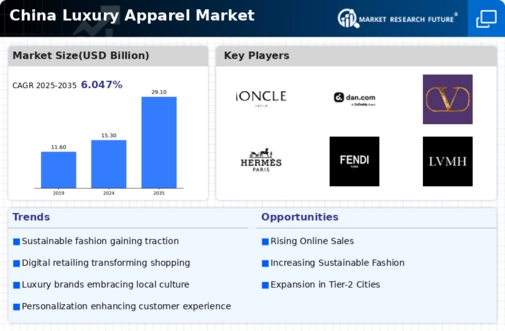
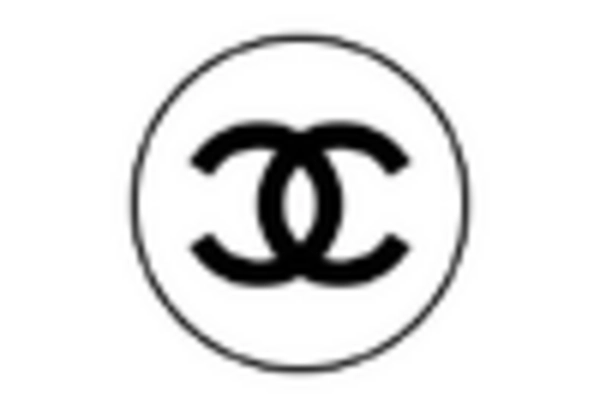
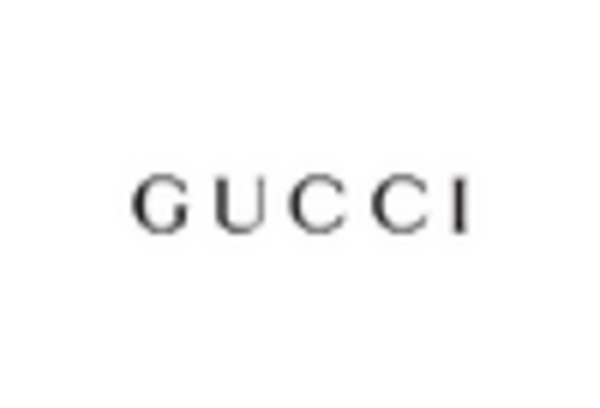
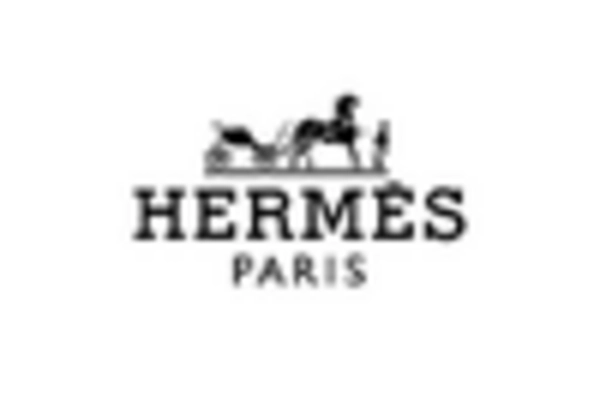
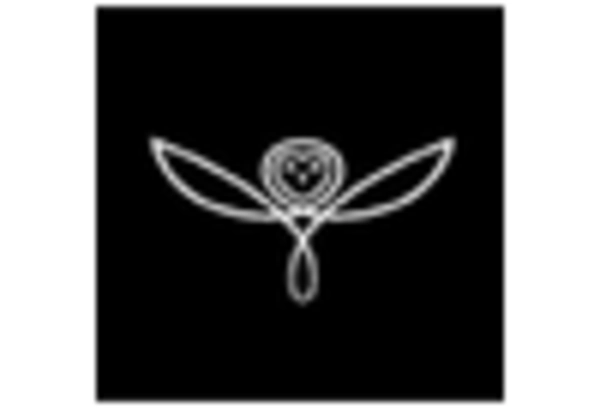

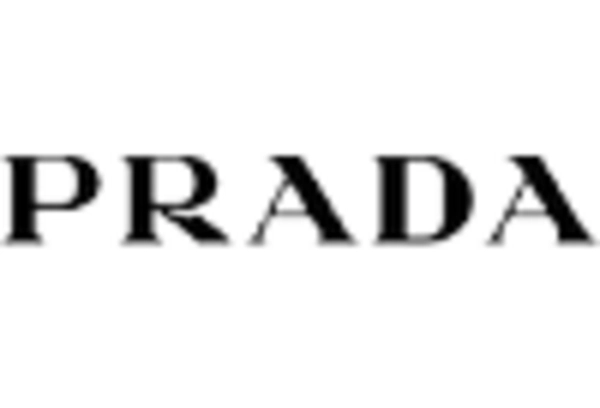








Leave a Comment